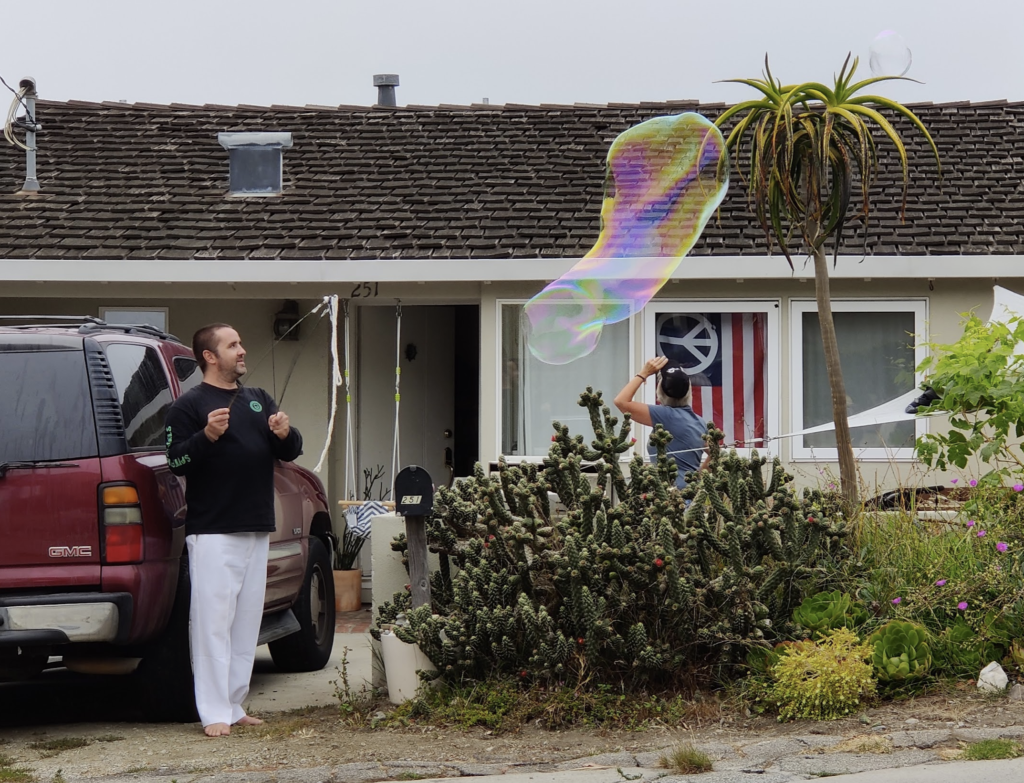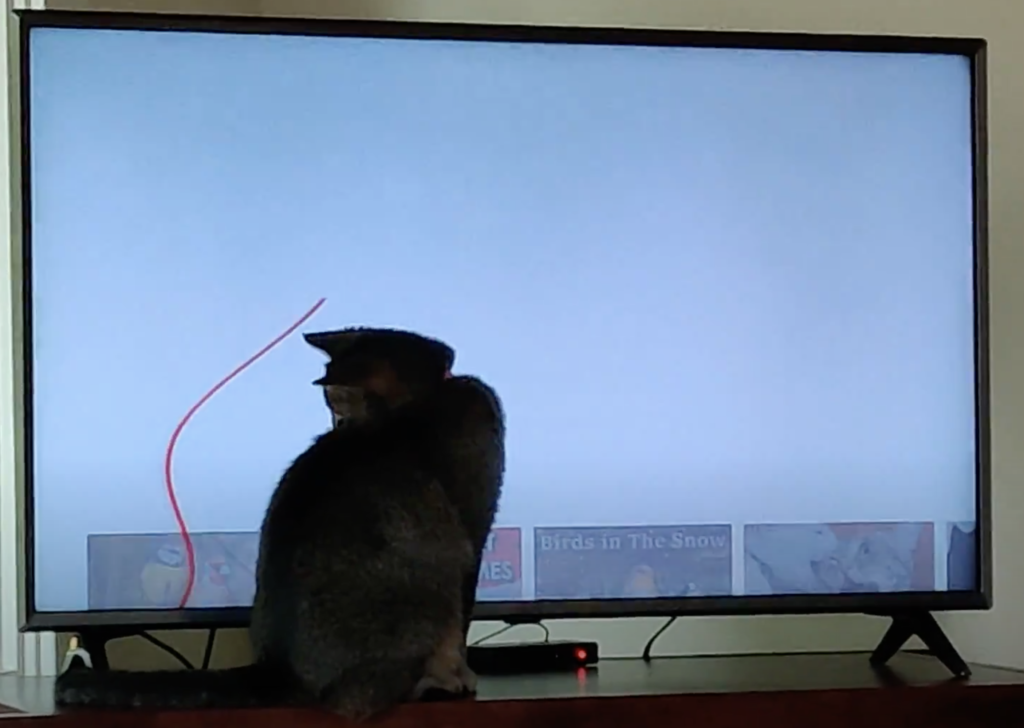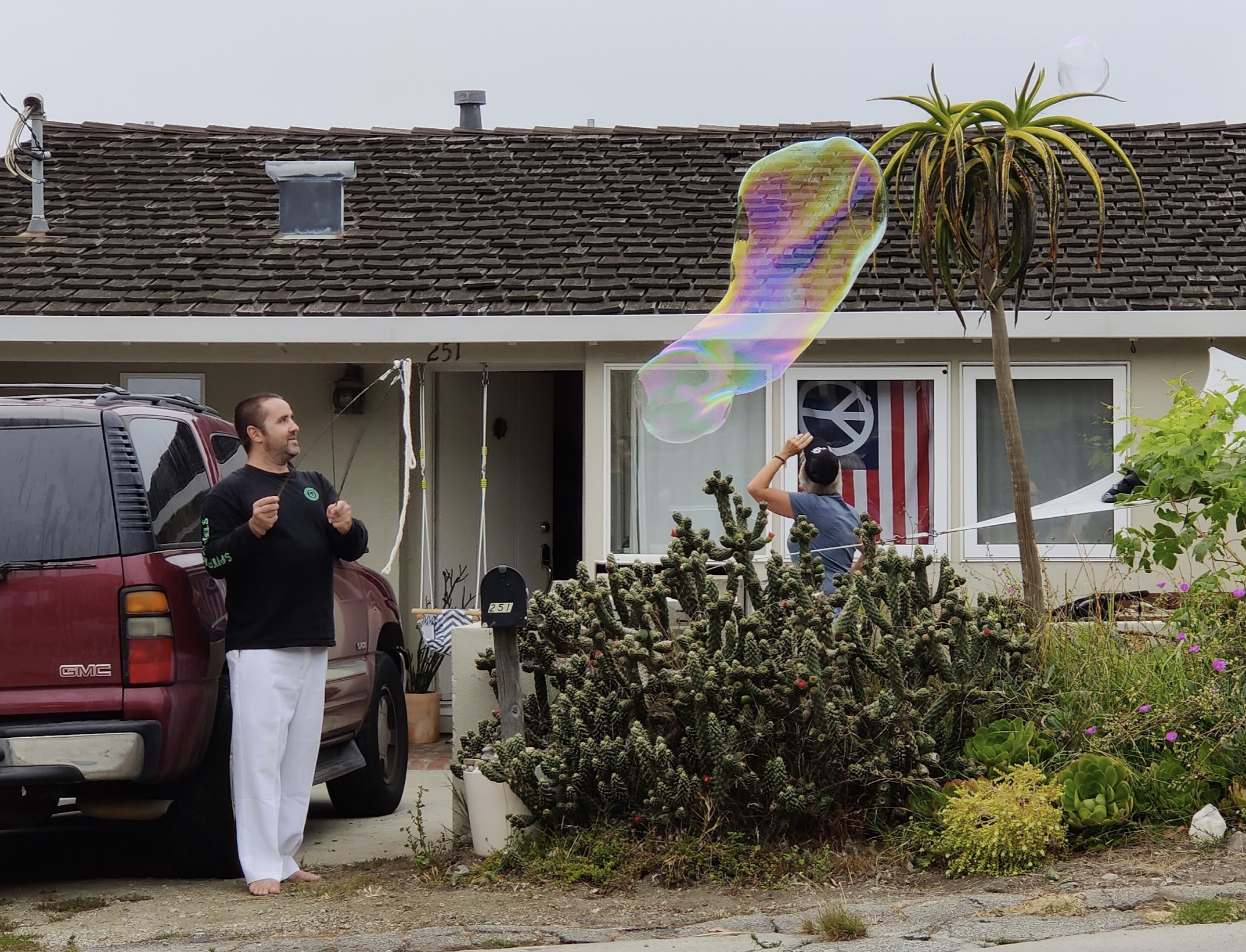The other day I went for a “physical distance, social closeness” walk with a friend at the beach. She teaches adults at a law school, and was wondering how to do her online courses in a way that would mirror how she teaches in person.
In the past, she had observed that her students, adults with day jobs, were tired in the evenings, so she arranged things so that they would get up and move about the room for various different activities. How was she going to do this online?

We brainstormed some ideas for her, and while we were doing that, I mused about how my own students are no longer doing all the things they were doing before the pandemic. Most of them are probably doing online courses for much of the day now, even for physical education. Lots of them have working parents who can’t fill in the holes.
During the first quarantine, I paid special attention to my teens, many of whom are quite independent and not used to being at home with their families all day. I redesigned some of my activities with their mental and physical health in mind.
This coming year, I am planning to pay more attention to promoting healthy habits in my classes. In the spirit of sharing with other teachers, and hoping that parents will keep this in mind at home, here are some of my ideas and the reasons for them.
1. Incorporate movement when possible
Maybe this seems obvious, but kids are moving even less than they used to. At school, at least they were moving around the classroom. And during recess, they had other kids to interact with.
Movement is really not an obvious match with the courses I teach, but I hope to encourage them to move before and after class when possible. And who knows, I might figure out a way to incorporate movement specifically in my webinars…without inciting chaos!

2. Get students away from the computer screen for specific tasks
It’s so easy for all of us to get sucked into the screen and think of it as real life. But that leads us to be less in touch with the environment around us. My classrooms (where students do self-paced learning when they are not in the live webinar room) are obviously full of videos. But I also incorporate real-world activities when possible, asking them to engage with physical objects, pets, and other people in their household.
3. Engage the senses
Obviously, my students are engaged with their eyes whenever they are involved in the class and their ears during our webinars. I try to make sure that my courses are visually and aurally stimulating. But that’s just a small part of the world.
Now that they aren’t getting as much sensory stimulation in their daily lives, I’m giving more thought to how to incorporate all senses into my webinars and my assignments. That will be an easy one in my new Yum! class about food and eating.

4. Get students to change the focal distance of their eyes
Our webinars are mostly around an hour long. Although I recommend that parents never schedule young students for more than an hour at a time online, many parents already did that before the pandemic. Now, most of my students will probably be online most of the day.
In normal life, our eyes change their focal distance on a regular basis. Aside from using screens, there are very, very few typical activities that we do that require us to sit with one focal distance for a long time. My plan is to try to get students to look away from the screen whenever I can, if only for a moment.
5. Keep students in tune with their physical bodies
If students are now going to be sitting in front of a computer for wall-to-wall online courses, it will be very easy for them to literally forget about their physical bodies. Breathing, focus, and periods of quiet will help them be more present in their bodies.
Teachers who have a single group of kids in an online course for hours at a time will need to find ways to keep the kids’ attention but also keep their bodies engaged. This will be a hard task for them! Since I never teach for more than an hour at a time, by design, I don’t run into this problem.
6. Keep them grounded in the physical world
All of us need to remember that the physical world is where we are. Lots of the services we use online are designed to try to make us forget. Kids are especially susceptible to becoming convinced that their online “life” is more important than the physical world around them.
Teachers can help students by making sure that their assignments and activities involve the physical world around their students. Even though we don’t necessarily connect with our students’ families the way that classroom teachers do, we can ask them to use their home life as a resource. Even though the room in which they are attending school is one that we may never set foot in, we can integrate that physical space into the world we create online.
Related:

Comments
One response to “6 ways to structure online learning for physical and mental well-being”
[…] 6 ways to structure online learning for physical and mental well-being […]